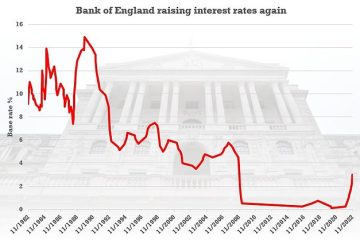Discovering Windsor Castle: A Historical Landmark

Introduction
Windsor Castle, located in Berkshire, England, stands as a remarkable symbol of British history and royalty. As the oldest and largest inhabited castle in the world, it serves not only as an official residence for the reigning monarch but also attracts millions of visitors each year. Its importance transcends mere architecture; it is a living canvas of British heritage, contributing to the cultural identity of the United Kingdom.
Historical Significance
The castle was founded by William the Conqueror in the 11th century and has been continually inhabited for nearly a millennium. Over the centuries, it has been the venue for royal ceremonies, including weddings, christenings, and state dinners. Notably, it was the site of Prince Harry and Meghan Markle’s wedding in 2018, which captured global attention. The extensive grounds, State Apartments, and St. George’s Chapel add layers to its historical narrative, showcasing fine art and architecture.
Recent Events
In recent months, Windsor Castle has remained in the spotlight following the passing of Queen Elizabeth II in September 2022. The nation observed a period of mourning, during which landmarks, including Windsor, drew visitors eager to pay respects. The castle hosted events commemorating the Queen’s life, reinforcing its role as a site of significant national memory. Additionally, preparations for King Charles III’s coronation are underway, with Windsor Castle expected to play a prominent role in the ceremonies, reflecting its enduring connection to the monarchy.
Visitor Experience
Today, Windsor Castle continues to welcome numerous tourists, offering guided tours that delve into its rich history. The opportunity to explore the lavish State Apartments, admire centuries-old artwork, and experience the Changing of the Guard ceremony draws visitors from around the globe. Moreover, ongoing restoration efforts ensure that the castle remains a vibrant historical site, adapting to the needs of contemporary visiting public while respecting its storied past.
Conclusion
Windsor Castle stands not just as a relic of the past but as a living testament to the British monarchy’s evolution. Its historical and cultural significance continues to resonate, making it an essential destination for those wishing to understand the narrative of British history. Looking ahead, as the monarchy adapts to new generational expectations, Windsor Castle will likely continue to serve as a backdrop for pivotal moments in the nation’s story, uniting tradition with modernity.









